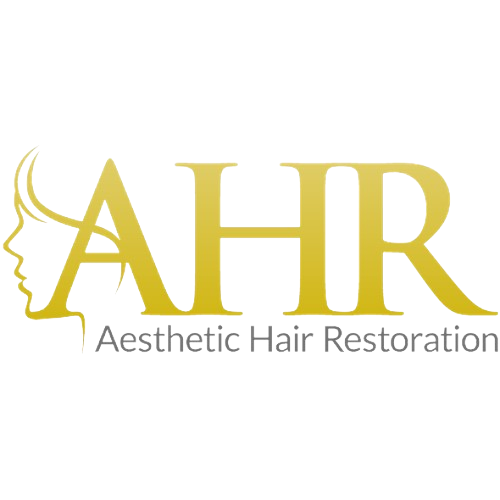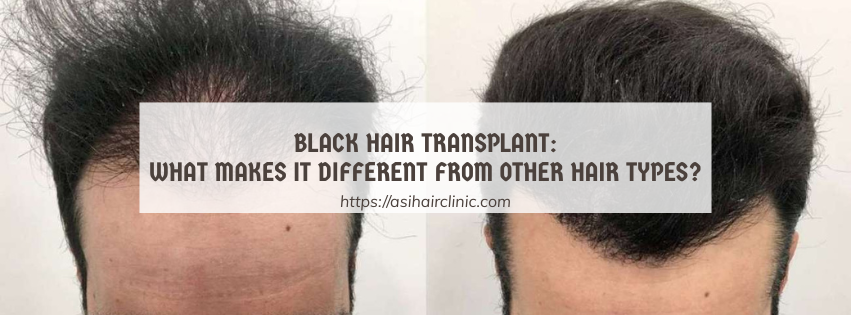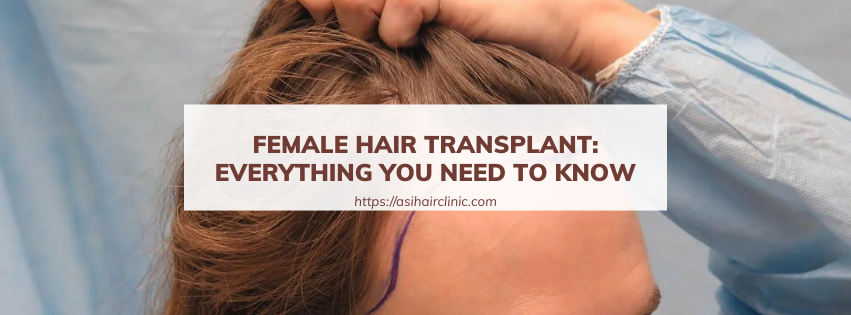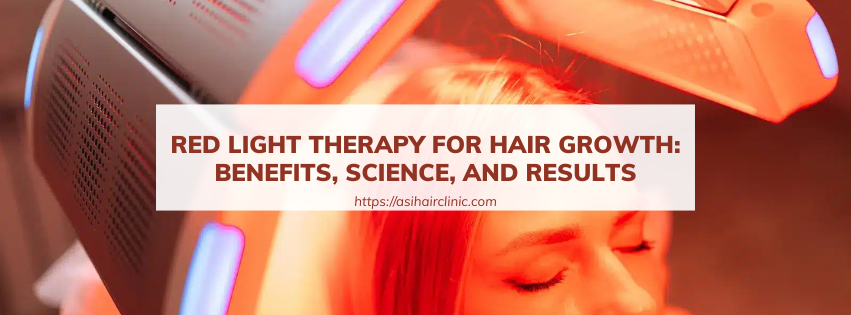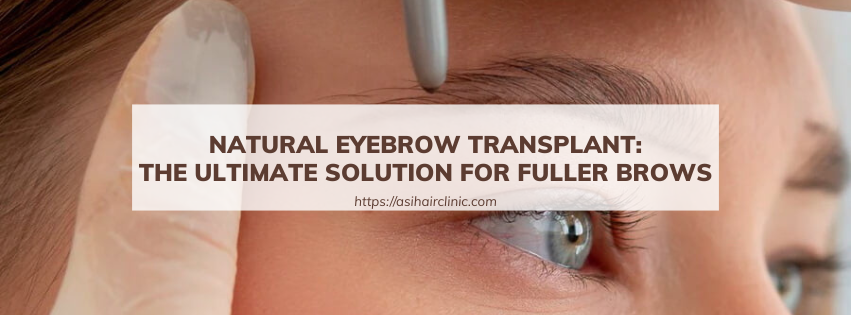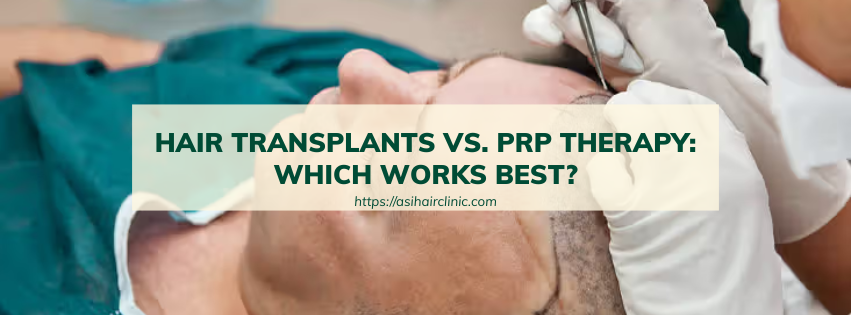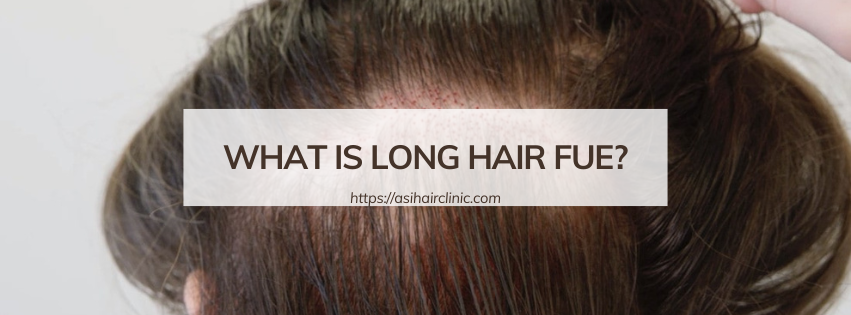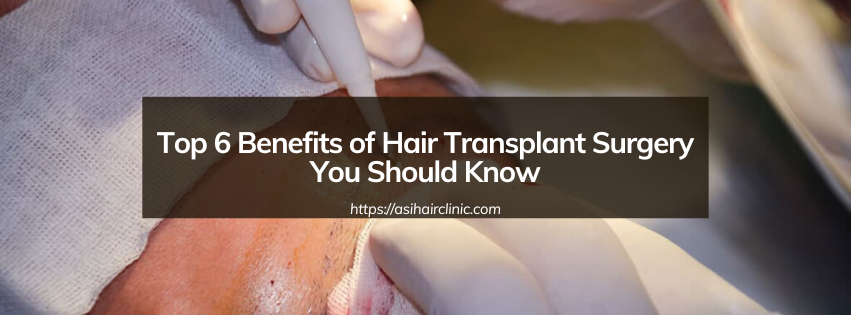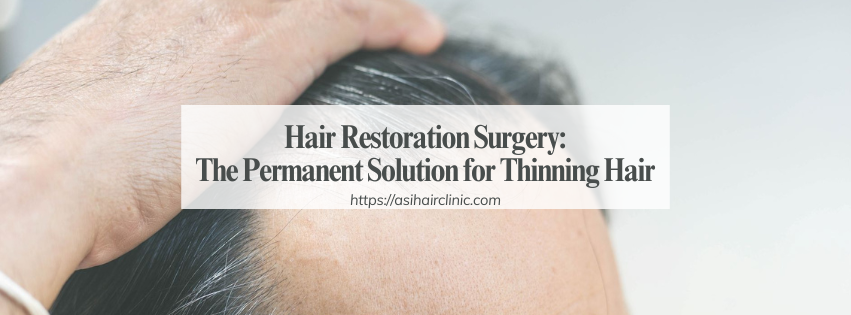Do Wigs Cause Hair Loss?
The world of hair care is often riddled with myths and misinformation, and the question of whether wigs cause hair loss is a prime example. For many, the thought of covering their own hair with a wig evokes fear, with whispers of damage and potential hair loss swirling around the subject. But are these concerns justified? Let's delve into the world of wigs and uncover the truth behind this common question.
1. Wigs and Hair Loss: Debunking the Myths
While the misconception persists, wigs themselves do not cause hair loss. The true culprits are often the improper use, care, and maintenance of wigs, which can lead to complications. Let’s explore some of the most common myths surrounding wigs and hair loss.
1.1. The Myth of Wig Pressure
Some believe that the weight of a wig can pull on the hair underneath, leading to loss. However, this is largely untrue. Unless the wig is fitted extremely tightly, it shouldn't exert any significant pressure on the scalp. Most modern wigs are designed to be lightweight and comfortable, minimizing any potential strain on the natural hair beneath.
Moreover, many wig manufacturers prioritize comfort and breathability in their designs, ensuring that wearers can enjoy their wigs without worrying about excessive pressure. Choosing a well-fitted wig can alleviate concerns about hair loss related to pressure.
1.2. The Myth of Wig Glue and Hair Loss
The use of wig glue, adhesives, or tapes can be a source of concern. If these products are not used correctly or removed improperly, they can damage the hair and scalp. However, this is not inherent to wigs themselves but rather a result of improper technique.
When applying wig adhesives, it’s crucial to follow the manufacturer's instructions carefully. Using high-quality products and removing them gently can prevent damage to both the wig and natural hair. Educating oneself about proper application techniques can mitigate the risks associated with wig glue.
1.3. The Truth About Wig Caps and Hair Loss
Wig caps can be beneficial for many reasons, including adding a barrier between the wig and the scalp, protecting the natural hair from damage, and preventing slippage. However, some wig caps, if made from synthetic materials or worn for extended periods, can trap moisture and heat, creating a breeding ground for bacteria and fungal infections. This can lead to scalp irritation, itching, and potentially even hair loss.
To avoid these issues, it’s advisable to choose wig caps made from breathable materials. Regularly cleaning and replacing wig caps can also help maintain scalp health. Understanding the importance of hygiene and material choice can significantly reduce the risk of hair loss associated with wig caps.
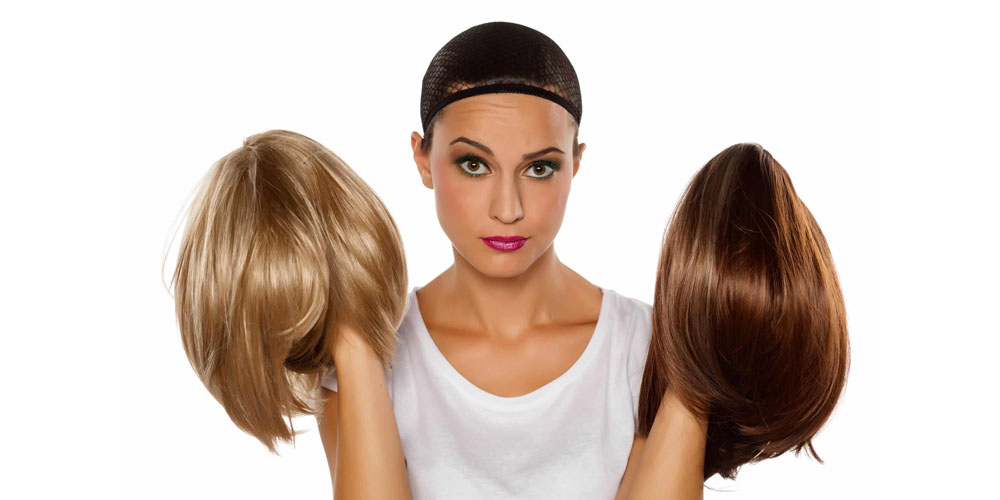
2. Factors Leading to Hair Loss When Wearing Wigs
While wigs themselves are not the direct cause of hair loss, certain factors related to their use can contribute to hair health issues. Identifying these factors can help individuals take proactive measures to protect their hair.
2.1. Poor Hygiene
Proper wig hygiene is essential. Failing to clean and maintain wigs regularly can allow dirt, sweat, and bacteria to accumulate, leading to scalp irritation and hair loss. Maintaining a clean wig not only prolongs its lifespan but also ensures a healthy environment for the scalp.
Establishing a regular cleaning routine for wigs is crucial. Depending on the frequency of wear, wigs should be washed and conditioned using products specifically designed for wig care. This practice helps remove buildup and keeps the scalp healthy.
2.2. Harsh Chemicals
Some wig cleaning products contain harsh chemicals that can damage the hair and scalp, especially if used excessively. Choosing gentle, natural products designed for wig maintenance is essential.
Individuals should always read labels and opt for sulfate-free and paraben-free products to minimize potential damage. By selecting appropriate cleaning solutions, wig wearers can protect both their wigs and their natural hair.
2.3. Excessive Pulling
Pulling the wig too tightly or constantly adjusting it can put stress on the hair and scalp, contributing to traction alopecia. Choosing a wig that fits comfortably and avoiding constant pulling is crucial for maintaining hair health.
A snug fit is desirable, but excessive pressure can damage the scalp. It's important to adjust the wig properly before securing it in place to ensure comfort throughout the day. Taking breaks from wearing wigs can also help alleviate any potential stress on the hair.
2.4. Prolonged Use
While not always the case, wearing a wig for extended periods without giving your hair a break can hinder its natural growth and health. Allowing the natural hair to breathe and recover is essential for maintaining overall hair health.
Scheduling days without a wig can promote healthy hair growth. During these breaks, individuals can focus on scalp care and nourishing their natural hair. This practice helps balance the benefits of wearing wigs with the need for natural hair maintenance.
2.5. Underlying Conditions
If you are already experiencing hair loss due to other factors, wearing a wig won't necessarily prevent further loss. It's essential to address the underlying cause of hair loss with a dermatologist or hair specialist.
Consulting with a professional can provide insights into personalized treatment options. Understanding the root causes of hair loss allows individuals to make informed decisions about wig use and hair care.
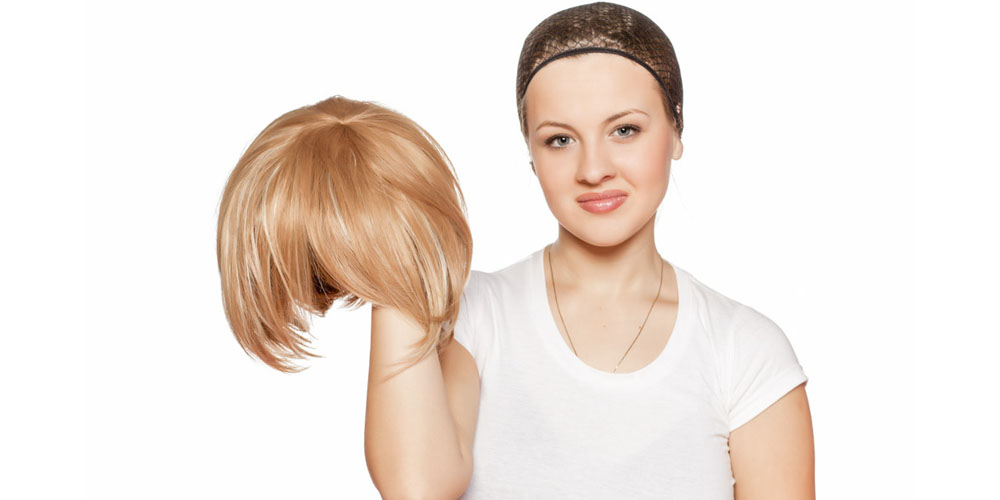
3. How to Minimize the Risk of Hair Loss
For those who enjoy wearing wigs, taking proactive steps can help minimize the risk of hair loss. Implementing best practices in wig care and maintenance can lead to healthier hair and scalp.
3.1. Choose a High-Quality Wig
Selecting wigs made from natural hair or high-quality synthetic fibers that are breathable and gentle on your scalp is essential. Investing in a quality wig not only enhances the overall appearance but also contributes to scalp health.
High-quality wigs are designed to mimic natural hair movement and texture, providing a more realistic look. Additionally, breathable materials help regulate temperature and moisture, reducing the likelihood of scalp irritation.
3.2. Proper Fit
Ensuring the wig fits comfortably and securely but not too tightly is crucial. A snug fit is desirable, but excessive pressure can damage the scalp.
When trying on wigs, individuals should pay attention to how the wig feels on their head. Adjustments can be made to achieve a comfortable fit without compromising scalp health. Consulting with professionals at wig boutiques can also provide valuable fitting advice.
3.3. Gentle Care
Cleaning and maintaining your wig according to the manufacturer's instructions is vital. Avoid using harsh chemicals or abrasive cleaning tools that can damage the hair and scalp.
Using soft brushes and specialized wig shampoos can help preserve the integrity of the wig while ensuring cleanliness. Following care guidelines will prolong the lifespan of the wig and promote a healthier scalp.
3.4. Regular Rest
Giving your natural hair a break from the wig occasionally allows your scalp to breathe and your hair to grow naturally. Scheduling days without a wig can help maintain the health of your natural hair.
During these breaks, individuals can focus on scalp treatments and nourishing their hair with oils or masks. This practice supports healthy hair growth and reduces the risk of damage from prolonged wig wear.
3.5. Scalp Care
Maintaining good scalp hygiene and addressing any issues promptly, such as dryness, itching, or irritation, is essential. Regularly checking the scalp for signs of distress can help catch potential problems early.
Incorporating scalp massages and using soothing products can promote blood circulation and overall scalp health. Prioritizing scalp care is a key component of maintaining healthy hair, whether wearing wigs or not.
3.6. Professional Consultation
If you are concerned about hair loss, consulting a dermatologist or hair specialist can help determine the underlying cause and receive personalized recommendations. Seeking professional advice can provide clarity and direction for managing hair health.
Professionals can offer tailored solutions based on individual needs, helping to navigate the complexities of hair loss. Understanding the interplay between wigs and hair health is essential for making informed choices.
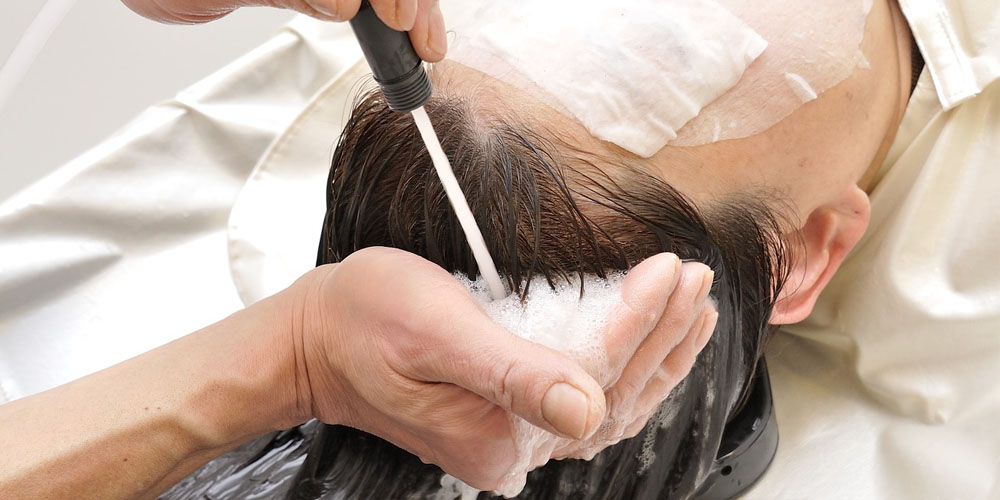
4. The Benefits of Wearing Wigs
Despite the concerns associated with potential complications, wigs offer a range of benefits for individuals seeking to enhance their appearance or cope with hair loss. Understanding these advantages can help shift the narrative around wigs.
4.1. Experiment with Different Hairstyles
Wigs allow people to try different looks without any permanent changes to their hair. This versatility enables individuals to express their style and creativity freely.
From vibrant colors to unique cuts, wigs provide an opportunity to experiment with various hairstyles without commitment. This flexibility can be empowering, allowing individuals to change their appearance based on mood or occasion.
4.2. Cover Hair Loss
Wigs can provide a sense of confidence and self-esteem for individuals dealing with hair loss due to medical conditions, treatments, or genetic factors. For many, wearing a wig can restore a sense of normalcy and improve overall well-being.
Having the option to wear a wig can alleviate feelings of insecurity associated with hair loss. The right wig can enhance one's appearance and boost confidence, providing a positive impact on mental health.
4.3. Protect Natural Hair
Wigs can shield natural hair from environmental factors like sun damage, wind, and pollution. Wearing a wig can serve as a protective barrier, allowing the natural hair to remain healthier.
This protective aspect is particularly beneficial for individuals with delicate or damaged hair. By choosing to wear a wig, individuals can give their natural hair a break from daily styling and exposure to harmful elements.
4.4. Enhance Style and Expression
Wigs can be used to create a signature look, add a touch of personality, or complement specific outfits and events. The ability to switch up hairstyles easily can enhance personal expression and style.
Whether for special occasions or everyday wear, wigs offer endless possibilities for enhancing one’s appearance. This creative outlet can be a fun way to showcase individuality and flair.
Conclusion
Wigs are not the enemy; rather, they can be a wonderful addition to one's life, offering style, versatility, and even a sense of security. While they aren't completely risk-free, the potential for hair loss is primarily linked to improper use and maintenance. By following the guidelines and taking the necessary precautions, you can enjoy the benefits of wigs without compromising your scalp and hair health. Remember, addressing any concerns about hair loss starts with understanding the underlying causes and consulting the appropriate healthcare professional. Embrace the power of wigs while prioritizing the health of your hair and scalp.
LATEST POSTS
